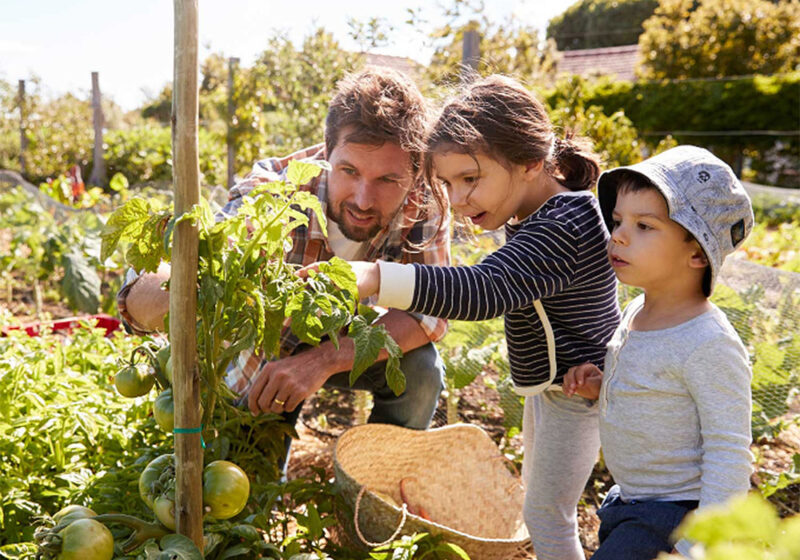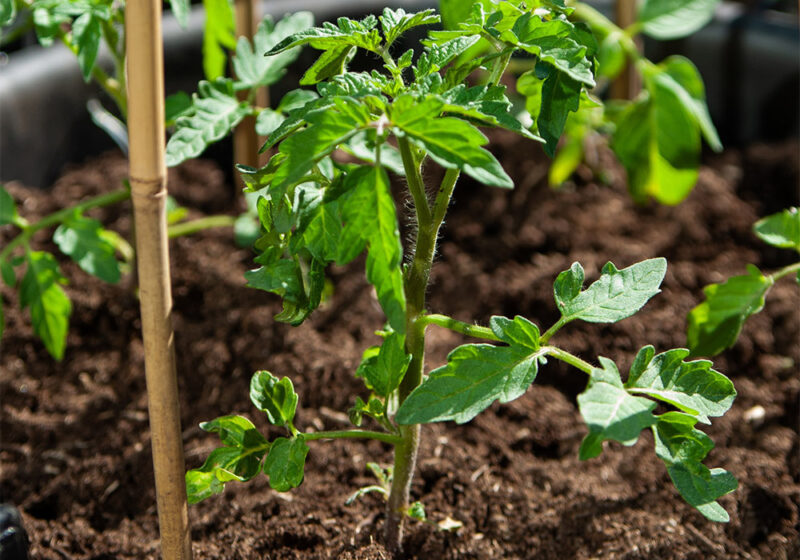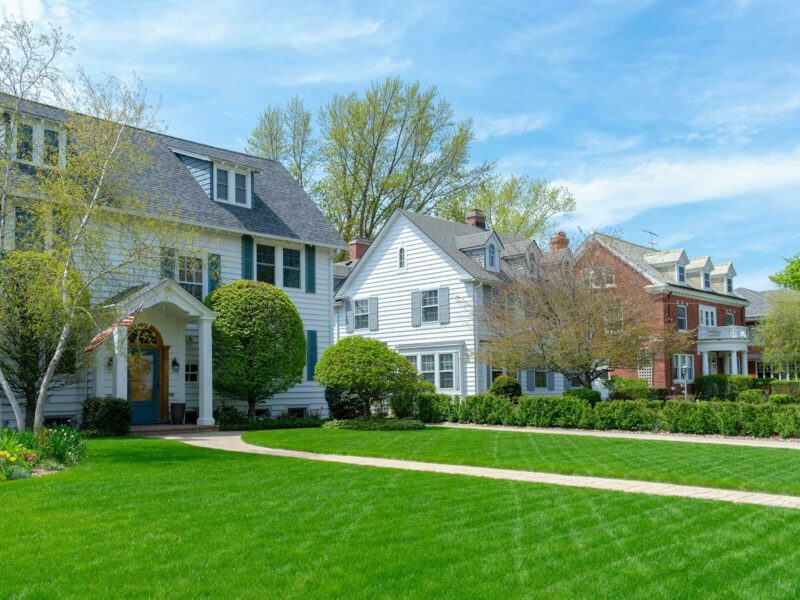Article Excerpt
Creating and tending a vegetable garden can be a family project with a harvest of fruit, vegetables, and fun!
Some homeowners love being able to grow and eat their own vegetables. It’s also a fun family activity where kids can “own” their vegetables and be proud of something they’ve worked on. Starting a vegetable garden isn’t too tough as long as you pay careful attention to fertilizing, watering, and pest control. Daily care is part of the enjoyment for avid gardeners!

Image credit: scholastic.com
First Steps
Your plan should cover site selection, garden size, and creating a list of vegetables you want to plant.
Site selection
This printer-friendly garden guide by the AgriLife Extension Service outlines specifics on getting started with a vegetable garden.
Vegetables need at least six hours of direct sunlight each day. Don’t plant where buildings, trees, or fences shade the garden. Also, choose a place where the soil is loose, rich, level, and well-drained. Vegetables may not grow as well if the soil stays wet all the time.
Garden size
How much time do you want to spend each day tending the garden? If you only have time after work or on weekends, there may not be enough time to care for a large garden.
Or if your garden is purely a recreational activity, a container or flower bed garden may be big enough. Also, most vegetables need room to grow – at least three feet of space between rows. If you want to plant ten rows of vegetables, the garden must be 30 feet wide.
When to plant
Vegetables are divided into two general groups: warm season and cool season. Cool-season crops can stand lower temperatures; plant them before the soil warms in the spring. If planted too late, high summer temperature will cause low yield and poor quality. You can also plant in late summer to harvest after the first frost in the fall.
Warm-season crops cannot tolerate frost and will not grow when the soil temperature is below 65 degrees F. Plant them after the last frost in the spring and early enough to mature before frost in the fall. Thanks to the climate in Texas, vegetable gardening is productive any month of the year, depending on the type of vegetable.
Cool Season |
Warm Season |
||
|---|---|---|---|
Beet |
Greens |
Corn |
Squash |
Carrot |
Radish |
Bean |
Cucumber |
Cabbage |
Turnip |
Okra |
Tomato |
Broccoli |
Lettuce |
Pepper |
Eggplant |
Onion |
Collard |
||

Baby cucumbers!
Potential Obstacles
Once you have a location that will support a healthy garden, the next biggest step is deciding what vegetables to grow. Factors that may influence your decision include:
Available space. Do not plant watermelons in a small garden. They take up too much room. Other vine crops such as cucumbers and cantaloupes can be grown in small gardens by trellising them on a fence or some other structure.
Number of vegetables. The smaller the garden, the more important it is to get high production from each row. Small, fast-maturing crops such as radishes, turnips, and beets yield quickly and do not require much space. Tomatoes, bush beans, squash, and peppers require more space but produce over a long season.
Cost. Plant vegetables that are expensive to buy at the grocery store. Broccoli is usually one of the more expensive vegetables that can be grown in most home gardens.

The start of a tomato garden.
Which vegetables should you choose?
If you have plenty of room, sunlight, and good soil – but little patience for failure – select vegetables that are easier to grow.
Easy vegetables to grow
Fortunately, the list for Texas is long. The most popular vegetables include:
- Tomatoes
- Squash
- Spinach
- Cucumbers
- Potatoes
- Peas
- Carrots
- Jalapenos
Difficult vegetables to grow
Cauliflower doesn’t like hot summers and requires a long growing season, so that pretty much rules out growing it in most Texas gardens. Similarly, celery also has a long growing season, prefers cooler temperatures and requires a lot of water. Corn can also be a bit of a challenge. A corn crop needs to be planted in a square shape with at least 15 to 20 plants – not the best for a backyard garden.
But before you plant your seeds...
… You may want to check with your landlord first! Your true first step to starting a vegetable garden is owning your own property. Starting a garden, home renovations, and investing in yourself are all great parts of home ownership.
Your first step is to get started on a free pre-approval with the mortgage lender Texans trust.



